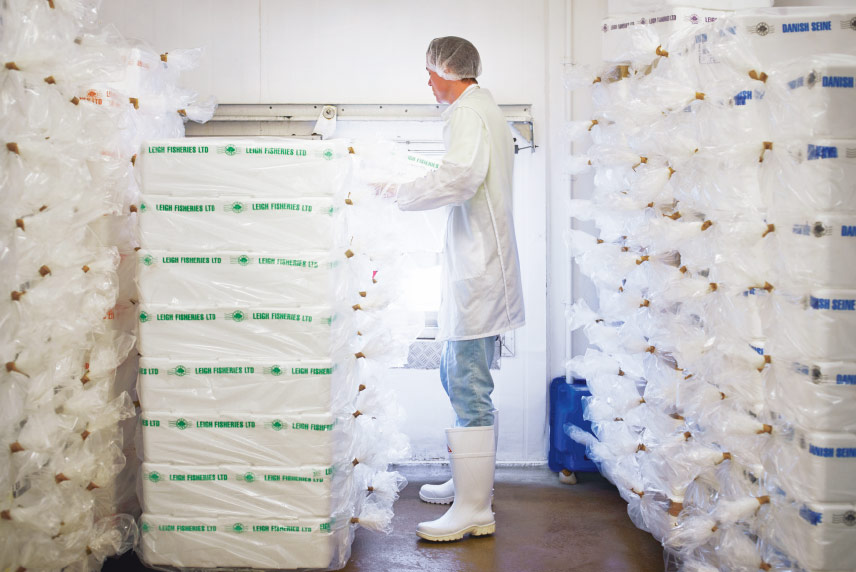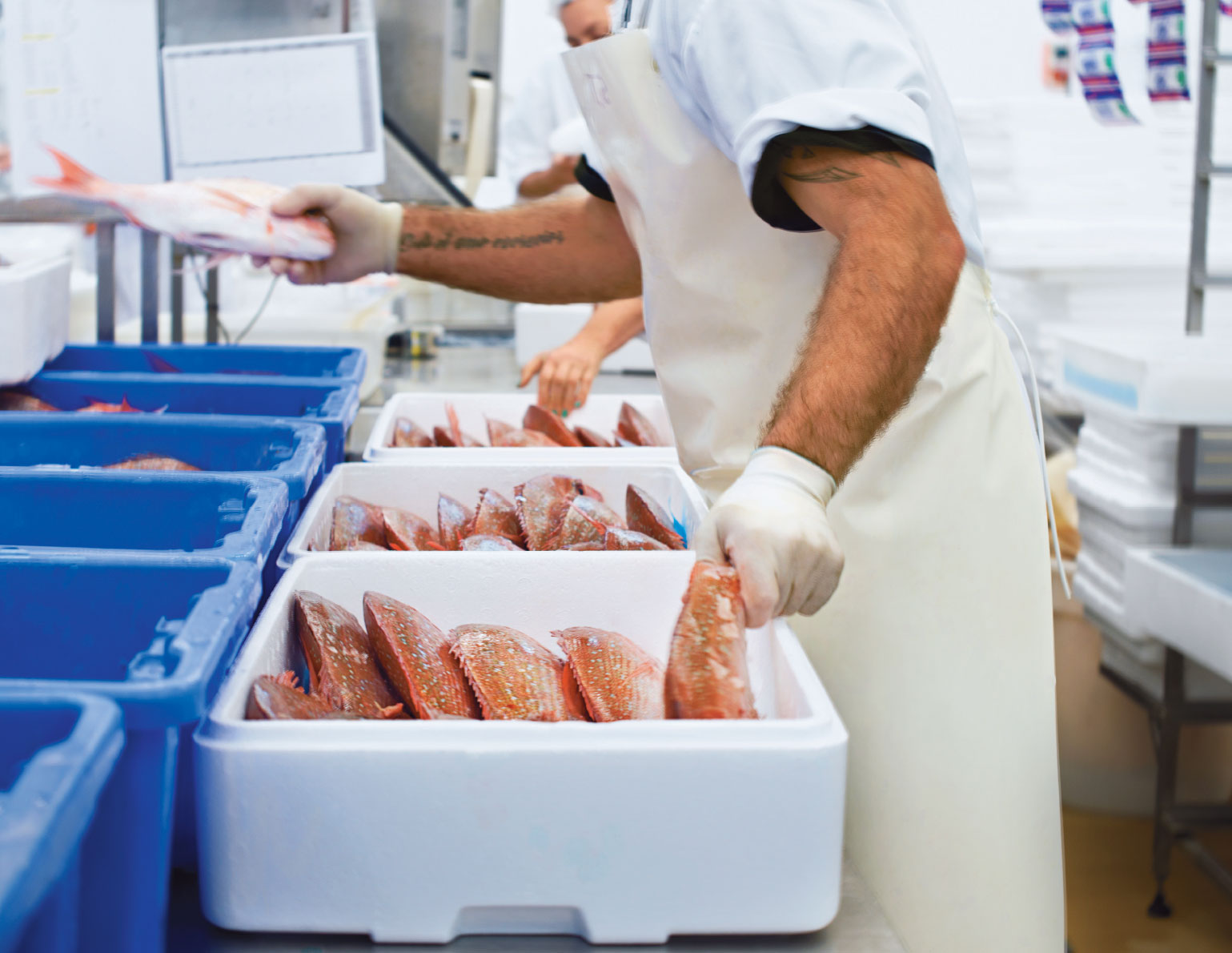Traceability.


For seafood, traceability requirements apply from the point of harvest or catch through to retail sale (if consumed in New Zealand) or to the point of export. This means traceability of seafood in New Zealand can extend from sea to plate.
As part of food safety requirements, businesses are required to have systems that allow product to be identified and tracked on a one-step backwards and one-step forward basis. There are also specific regulatory requirements for inventory control and recalls. For seafood processing activities, this extends to being able to identify the source of all food inputs such as raw materials, additives, other ingredients and packaging.
Traceability data is most often recorded as Key Data Elements (KDEs) associated with Critical Tracking Events (CTEs). CTEs are described as those events that must be recorded in order to allow for effective traceability of products in the supply chain (e.g. where product is moved between premises or is transformed). KDEs are the pieces of information or data that are captured as part of the CTE.
KDEs for seafood will include information such as:
- The identity of the vessel that caught the product
- Dates of catch
- Lot numbers are allocated to incoming product
- Identity of the premise that received, processed or stored the product
- Amounts of product processed or shipped
The traceability systems used in New Zealand are not prescribed. In practice, traceability relies on a combination of human-readable data (i.e. labelling), electronically encoded data, and standardised electronic exchange of information being provided across the supply chain.
Traceability of seafood in New Zealand is regulated under food safety legislation.
The Animal Products Regulations, Food Regulations and Food Standards Code all contain traceability requirements for seafood. The majority of seafood produced in New Zealand is from land-based premises or factory vessels operating under a food safety Risk Management Programme regulated under the Animal Products Act.
A Risk Management Programme is a documented system that ensures products are fit for their intended purpose, and if intended for human consumption, also meet the requirements of the Food Standards Code. As part of this documented system, businesses must document their procedures for ensuring product traceability. Due to the uniqueness of business practices and products, the legislation places the onus of responsibility onto the business to demonstrate that their system (supported by KDEs and appropriately identified CTEs) complies with legislation.
Conformance is backed up by internal and external verifications and trace-back exercises. The frequency of external verification for traceability is determined by the Performance-Based Verification system. This legislated system allows the frequency of external verification to vary based on previous performance. For seafood businesses that export, the frequency is capped at six monthly audits.

The OpenSeas report was prepared by a technical expert, with demonstrable knowledge and experience in the topic at hand. An internal fit-for-purpose review was conducted by the OpenSeas Programme Director, which may have included external scientific or operational expertise. An external scope and accuracy review was conducted by the relevant regulatory agency(ies) (i.e. New Zealand Government departments).
The report author was responsible for revising the report in line with recommendations from reviews and retains final responsibility for the report content.

